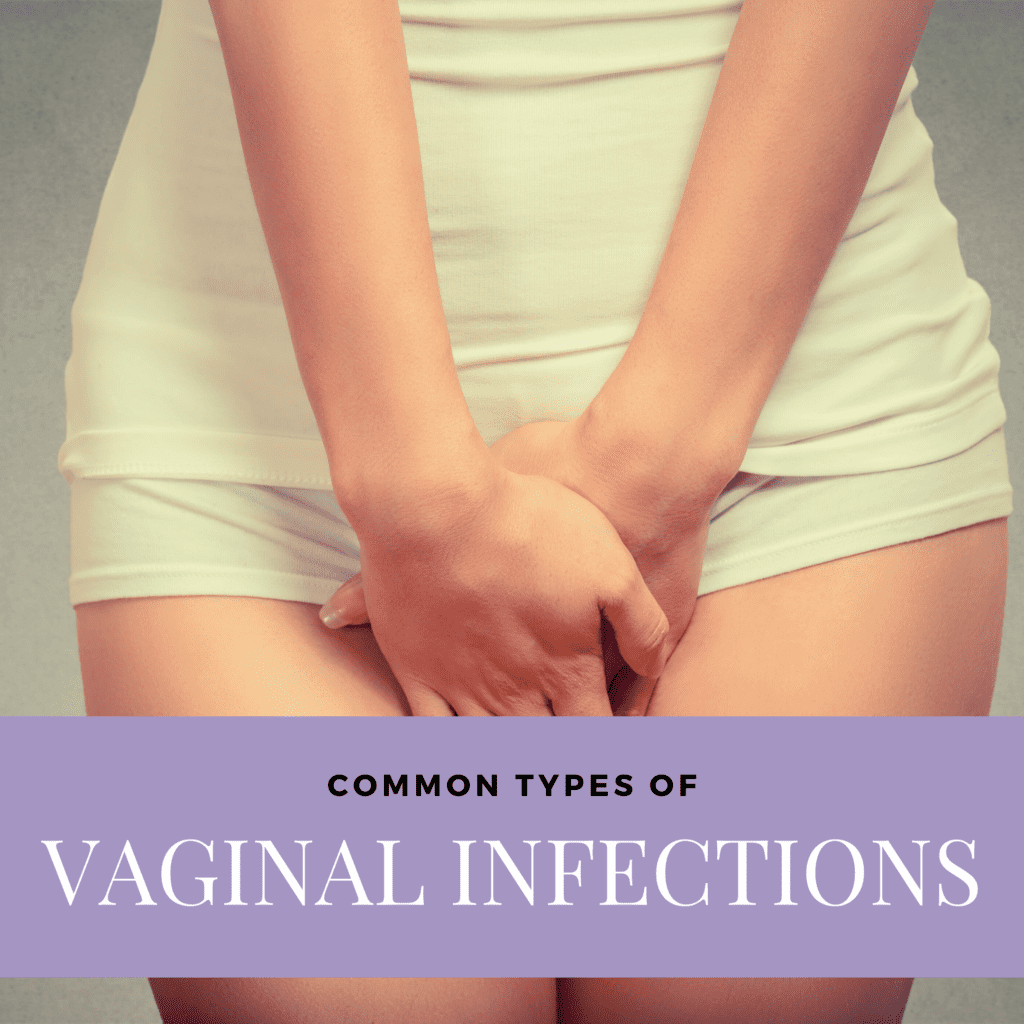Nobody wants to talk about vaginal infections. However as uncomfortable as it may be to admit, your vagina can get infected just like any other part of your body. If and when this happens, it is important that you know the difference between what is normal and what is not in order to seek the necessary treatment.
For starters, vaginitis is a broad term used to describe the infection or inflammation of the vagina and vulvovaginitis describes the infection or inflammation of both your vagina and vulva. Although some infections will not produce symptoms, the most common symptoms associated with vaginitis or vulvovaginitis are:
- Itching
- Pain or burning while urinating
- A change in the amount or color of vaginal discharge
- Pain during intercourse
- Bleeding or spotting
Vaginitis can occur when the natural environment of the vagina is altered. There are many factors that can cause the vaginal environment to change such as: hormones, intercourse, pregnancy and breastfeeding, certain antibiotics, and douching or rinsing the vagina. External things like tight-fitting clothes, certain types of fabrics, soaps, and perfumes can also cause irritation and possible changes in or around the vagina as well.
Even though vaginal infections are not life-threatening, you should still set up an appointment with your gynecologist if you suspect you may have one. It is especially important to see your gynecologist for a vaginal infection if you have new sexual partners, think you could be pregnant, have never had an infection before, are experiencing new symptoms, develop a fever, or develop new symptoms after treatment.

Most vaginal infections can be easily diagnosed with a pelvic examination and discussion of your sexual health. In some cases, a vaginal discharge sample may be collected to determine the exact type of infection. One your gynecologist has made a diagnosis, there are different treatments that can be used such as antibiotics, antifungal medication, creams, and lifestyle changes.
While only your gynecologist can make an accurate diagnosis and advise you on the best treatment, here are the three most common infections that can affect the vagina and surrounding regions:
Yeast Infection
Yeast infections are the most common type of vaginal infection and they are caused by a fungus known as candida albicans. While candida occur naturally in the vagina, things like hormone changes, high blood sugar levels, and lowered immunity can cause an overgrowth to occur. When this happens, you may experience a thick white discharge that looks like cottage cheese, itching, and redness of the vulva.
Bacterial Vaginosis
While yeast infections are caused by a naturally occurring fungus, bacterial vaginosis is caused by naturally occurring bacteria. However instead of an overgrowth, bacterial vaginosis occurs when the normal lactobacilli bacteria level drops and is replaced by infection causing bacteria such as gardnerella. When this happens, you may experience either a thick, white discharge or a clear, slippery discharge. Both types of discharge are usually accompanied by a fishy odor.
Trichomoniasis
Unlike the aforementioned vaginal infections, trichomoniasis (aka: trich) is a sexually transmitted infection that is passed from one partner to another during sexual intercourse. Nevertheless, trich produces similar symptoms such as yellow-grey or greenish discharge, burning while urinating, redness and irritation of the vulva, and a possible fishy odor.

Dr. Geoffrey Zann is a Certified Robotic Da Vinci Surgeon, Board-certified by the American College of Obstetricians and Gynecologists, and a Diplomat of the American Board Obstetrics of Gynecology. He has been a member of the American Society for Colposcopy and Cervical Pathology, American Association of Gynecologic Laparoscopists, and the Hugh R. K. Barber Obstetric and Gynecologic Society.
